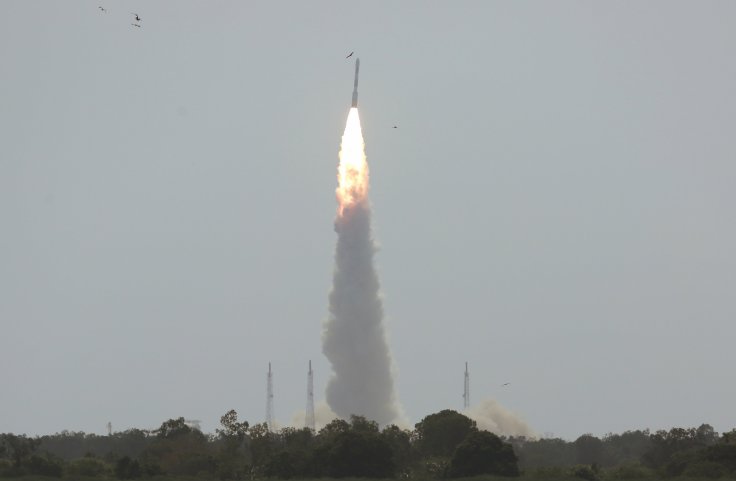
The launch of Polar Satellite Launch Vehicle (PSLV), scheduled on January 10, with the eighth Cartosat 2 satellite, would mark the return of India's most reliable and versatile launch vehicle. The rocket, which has been termed as the Workhorse of Indian Space Research Organisation (ISRO) is regarded as one of the most successful launch vehicles of the space agency.
ISRO has made several major groundbreaking records using the launcher. PSLV has launched 104 satellites to their orbits in a single go in February 2017. The event, which was deemed a great success included 96 satellites from the United States of America, Israel, the UAE, Kazakhstan, the Netherlands, Belgium, and Germany.
Not only this, ISRO had also launched two spacecraft, Chandrayaan-1 in 2008 and Mars Orbiter Spacecraft in 2013 using the workhorse launcher. The launch vehicle missions have successfully launched 48 Indian satellites and 209 foreign satellites into its orbit.
The debacle
PSLV has undertaken 39 consecutively successful missions till June 2017, making it ISRO's most powerful tool for its space research. However, a single failure among the series of success stories has forced ISRO to stop using the launcher.
The vehicle has undergone a series of investigations after it failed to launch IRNSS-1H, the eighth satellite of the Indian Regional Navigation Satellite System to its orbit. According to the officials, the August 31 mission suffered a setback when the 320-tonne workhorse launcher PSLV-C39 failed to separate its heat shield and deliver the satellite from its cone-shaped top-end.
Launcher details
PSLV, the first Indian launch vehicle to use liquid propellant as its fuel, uses four stages of ignitions during its flight. PS4, which is the uppermost stage of PSLV comprises of two liquid engines working on two liquid fuels. PS3, the third stage of PSLV works as a solid rocket motor which gives upthrust to the launcher after it moves out of the planet's atmosphere.
The PS2 stage or the second stage of the PSLV uses the liquid rocket engine called Vikas engine. ISRO's Liquid Propulsion Systems Centre has developed the engine for PSLV and geosynchronous satellite launch vehicle (GSLV). PS1, the first stage of the launcher uses S139 solid rocket engine which acts as an augmented 6 solid strap-on booster.
PSLV has 3 different variants namely PSLV-G, PSLV-CA, PSLV-XL. The rocket has made its first flight on September 20, 1993, from Satish Dhawan Space Centre in Sriharikota, Andhra Pradesh. The vehicle has 44 meters height and 2.8m diameter.
Future plans
Officials stated that they have lined up six rocket launchers for the first half of 2018. This includes two PSLVs for deploying GSAT-6A and GSAT-29 advanced communication satellites in the geosynchronous orbit which is 36,000 km above the earth.
ISRO also plans to launch its Chandrayaan 2 mission during the first half of 2018. The indigenous mission has been build with a lunar orbiter, lander, and a rover. The mission aims to study remote sensing on the moon. The payloads would collect information on lunar topography, mineralogy, elemental abundance, lunar exosphere and signatures of hydroxyl and water ice.









